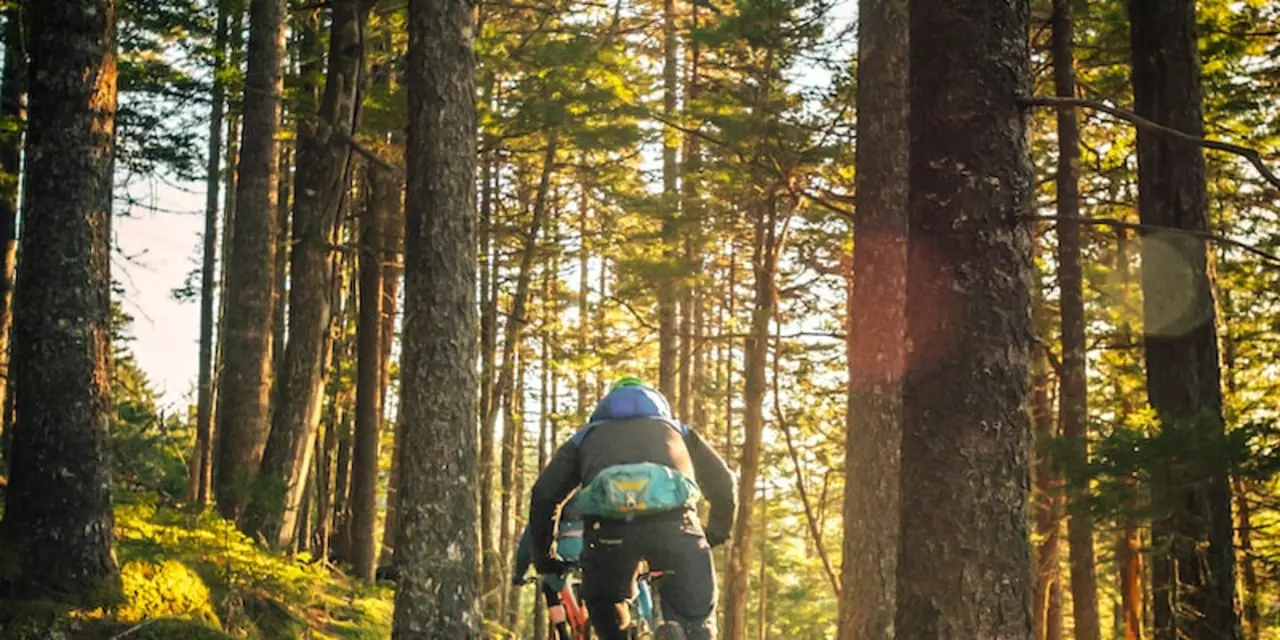Get the Right Cycling Clothing for North Bristol Trails
When you hop on your bike, the clothes you wear are just as important as the bike itself. The right jersey, shorts, and jacket can keep you cool on a sunny day, warm when the wind picks up, and protected if you hit a rock or a branch. Below you’ll find straight‑forward advice that helps you pick gear that works for the hills, woods, and roads around North Bristol.
Choosing the Right Gear
Start with a good base layer. A thin, breathable shirt made of moisture‑wicking fabric moves sweat away from your skin. It feels like a regular tee but dries faster, so you stay dry and avoid chafing. Pair it with padded cycling shorts – the padding (or chamois) cushions the sit‑bones and reduces pressure on long rides. Look for shorts that have a snug fit but don’t squeeze your legs; the right fit lets the padding do its job without digging in.
Next, pick a jersey that fits your climate. In summer, a lightweight, mesh‑panel jersey offers ventilation and prevents overheating. In cooler months, a jersey with a wind‑proof front and a stretchy back gives you freedom of movement and blocks the chill. Many jerseys also have rear pockets – perfect for snacks or a spare tube.
Don’t forget outer layers. A waterproof, breathable shell jacket protects you from rain without making you sweat inside. If you ride in the early morning or late evening, a reflective vest or jacket adds visibility, keeping you safe on shared paths. For mountain biking, consider a soft‑shell jacket that resists abrasion if you brush against branches.
Accessories matter too. Gloves with padding protect your hands on rough trails and improve grip when you get sweaty. A good pair of full‑finger gloves works for cooler days, while fingerless styles keep your hands cool in heat. Socks made of synthetic blends dry faster than cotton and reduce blisters; aim for a snug, low‑cut design that stays in place.
Caring for Your Cycling Clothes
Cleaning your gear the right way extends its life and keeps performance high. Rinse off mud and dirt as soon as you finish riding – a quick hose down removes grit that can wear fabric faster. Wash jerseys and shorts in cold water with a mild detergent; avoid fabric softeners because they coat the fibers and reduce moisture‑wicking ability.
Air‑dry your clothing whenever possible. High heat in a dryer can shrink elastic bands and damage the chamois in shorts. Hang items inside out to protect prints and colors. If you need a quick freshen‑up, a short tumble on the low‑heat setting is okay, but keep it occasional.
Inspect gear regularly. Check seams, zippers, and reflective strips for wear. Replace padding that’s flattened or cracked – a worn chamois can cause soreness on longer rides. Small repairs, like stitching a loose seam, are easy to do at home and save money.
Finally, store your clothing in a dry place away from direct sunlight. UV rays fade colors and weaken fabrics over time. A simple bag or drawer works; just keep it breathable so moisture doesn’t build up.
With the right choices and a little maintenance, your cycling clothing will stay comfortable, safe, and ready for every trail North Bristol throws at you. Gear up, ride out, and enjoy the ride – the clothes will take care of the rest.
What should I wear for a mountain biking?
Mountain biking is a great way to get outdoors and have an adventure while exercising. Knowing what to wear is important to ensure a safe and comfortable ride. The best clothing choices include a lightweight, breathable shirt and shorts, a pair of cycling gloves and a helmet. Shoes should be well-fitting and provide adequate grip on the pedals. Other items such as protective eyewear and a backpack should also be considered. With the right clothing, you'll be able to enjoy your ride and stay safe.



